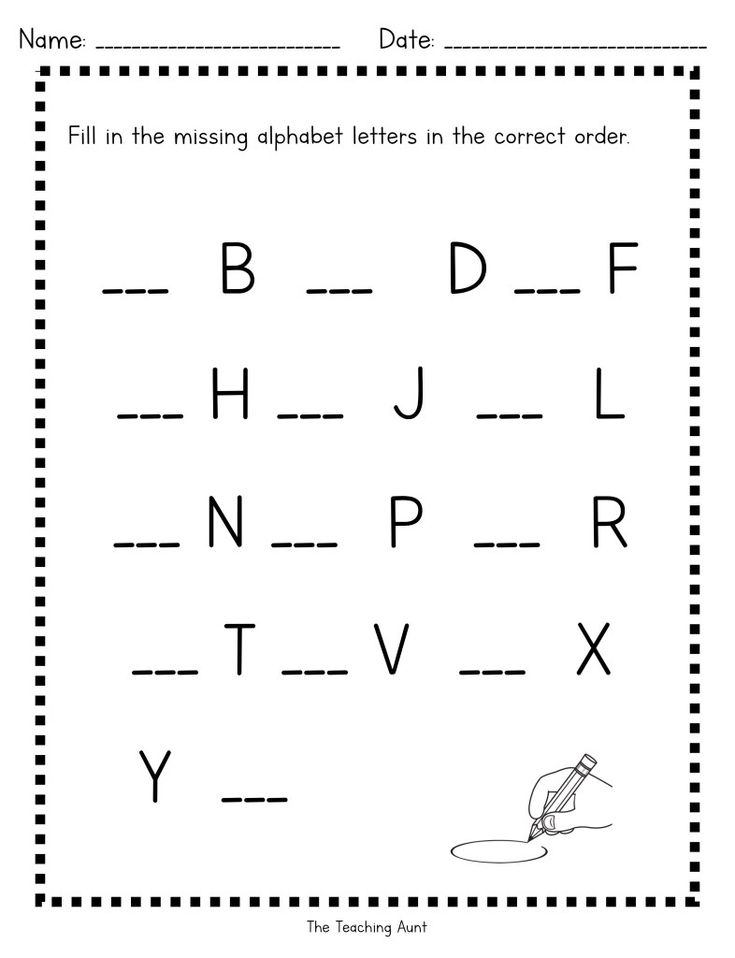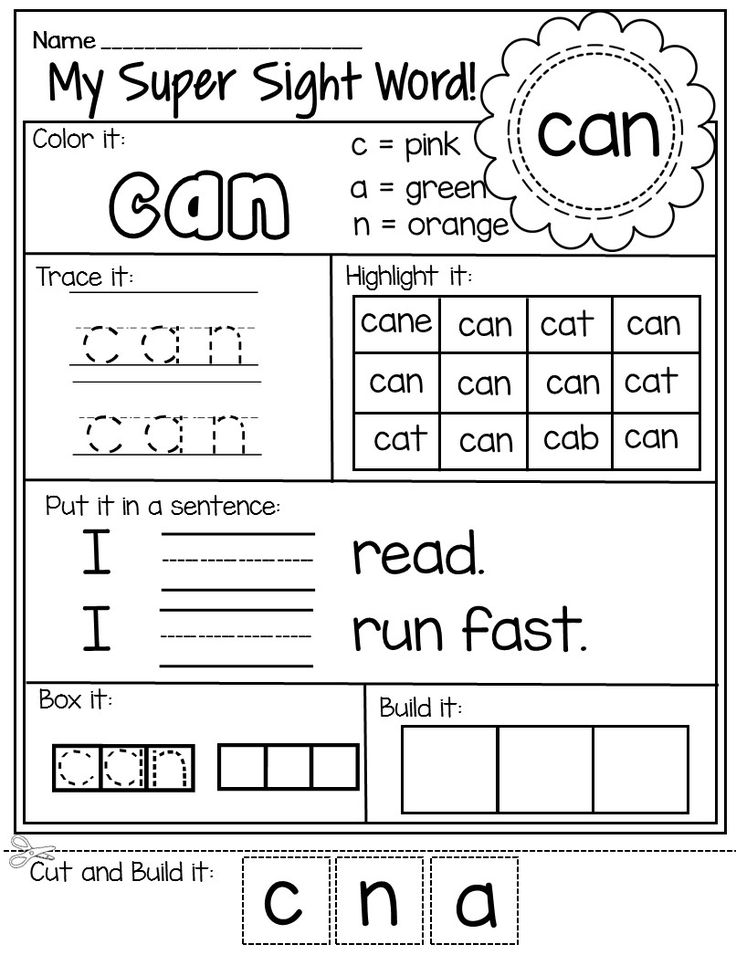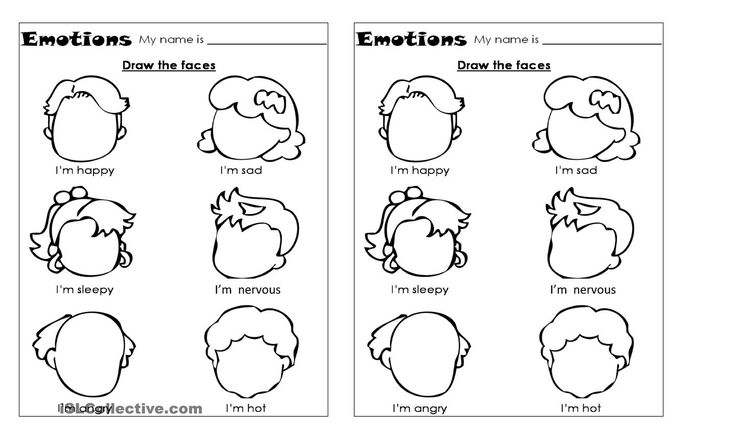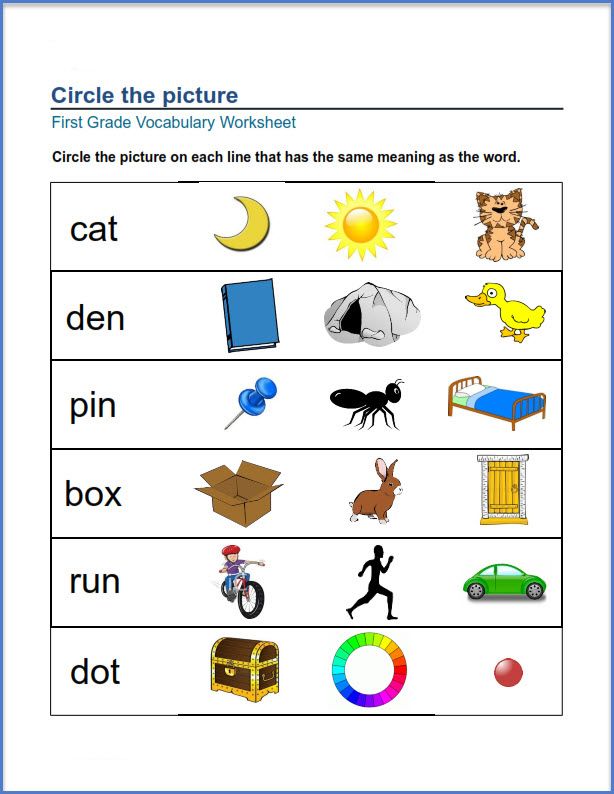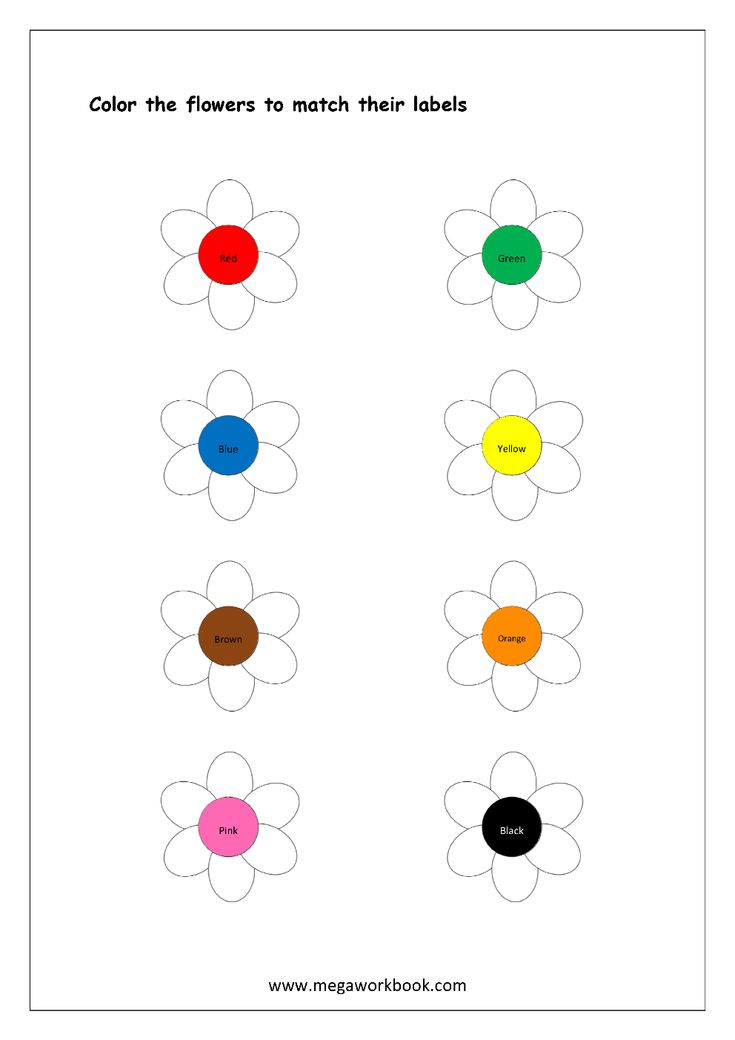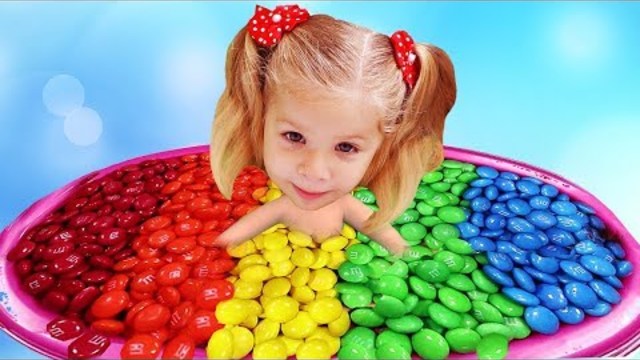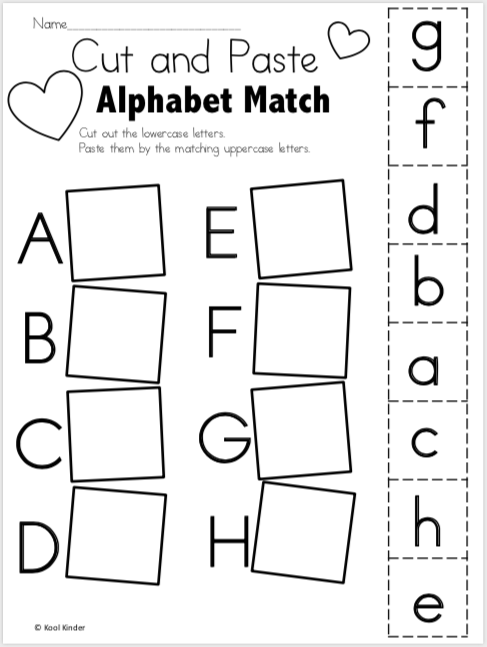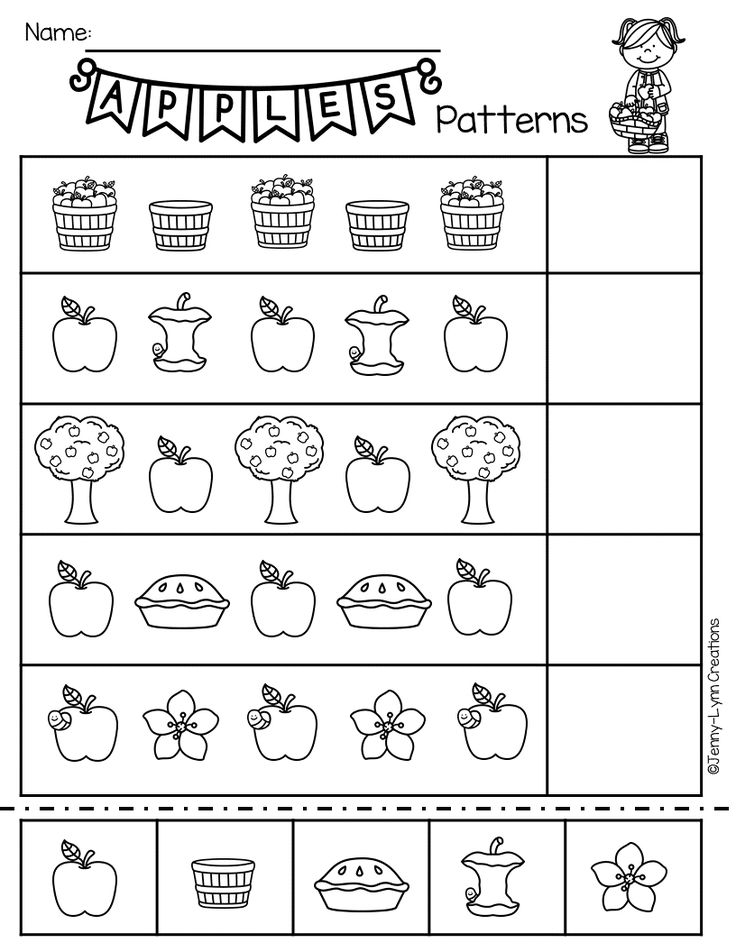Adjectives for 3rd graders
Adjectives | 3rd Grade Grammar
So far you've learned that nouns are words for people, places, or things.
Adjectives are words that describe nouns.
Check out some examples:
slow snail
hot soup
happy girl
many turtles
taller tree
Can you spot the adjective in the sentence below? 👇
Tip: First find the noun. The word describing the noun is the adjective.
The little duckling quacked.
Duckling is the noun.
What adjective is describing the duckling?
That’s right! Little is the adjective. 🎉
Types of Adjectives
There are eight types of adjectives. They all have fancy names, but they're pretty easy to use.
Let's learn the eight types of adjectives. 😺 We'll cruise through them quickly. 🏄♀️
1. Descriptive Adjectives
That is a fast car.
That car is fast.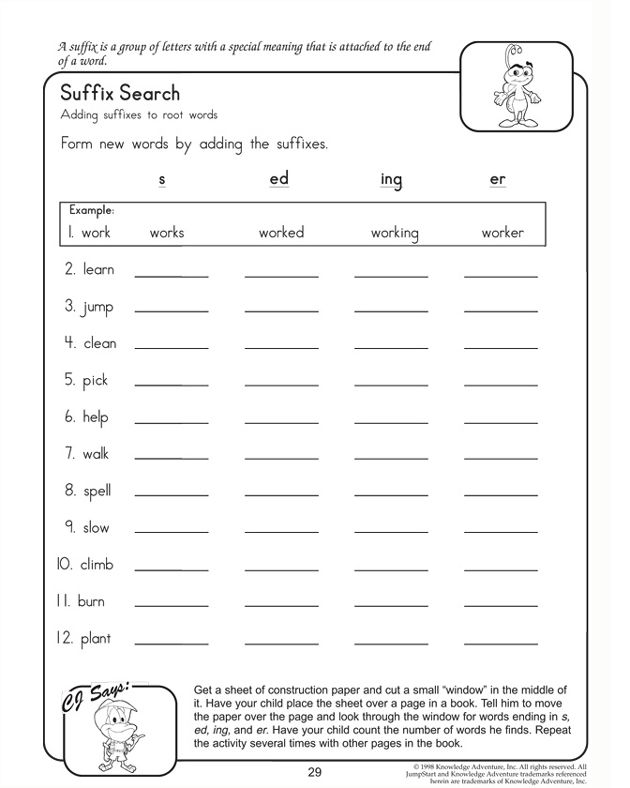
The happy boy laughed.
I am happy.
Descriptive adjectives describe how nouns look or feel.
Most adjectives are this type.
Adjectives can go before the nouns they describe.
The giant pizza went into the oven.
Adjectives can also go after linking verbs (like 'is', 'am', 'are' or sensory verbs like 'smells').
The pizza is giant.
The giant pizza smells delicious.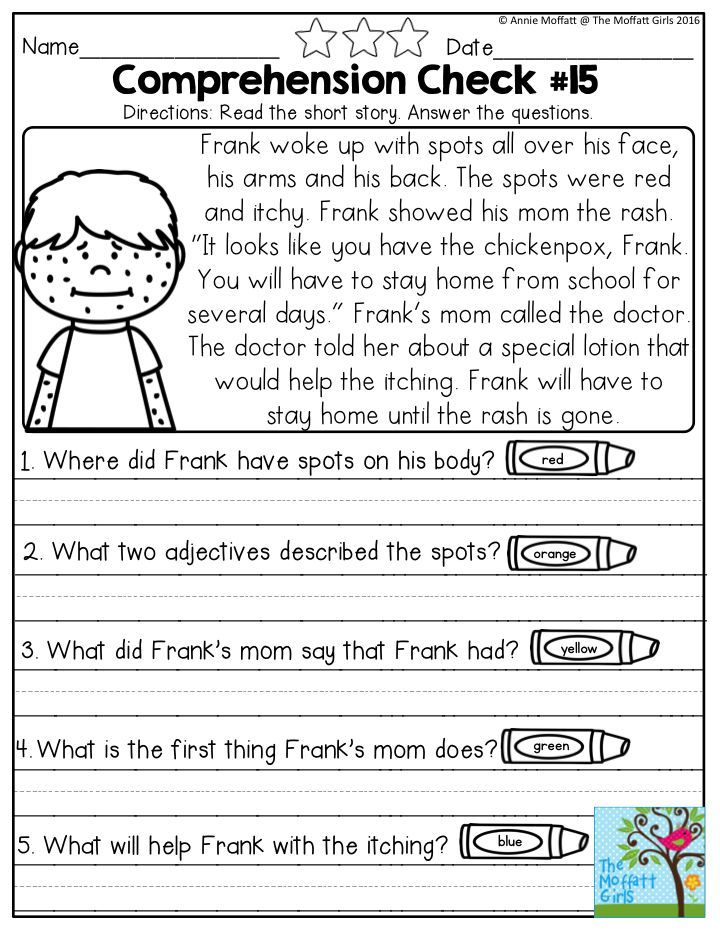
Both giant and delicious are adjectives that describe pizza. 👍
Tip: Some common nouns can be used as descriptive adjectives too. Take a look:
The history teacher gave a great talk.
The computer museum was awesome!
2. Quantitative Adjectives
I have ten toes.
That costs three dollars.
I ate the whole pizza.
Quantitative adjectives like 'ten' tell how
many there are of something.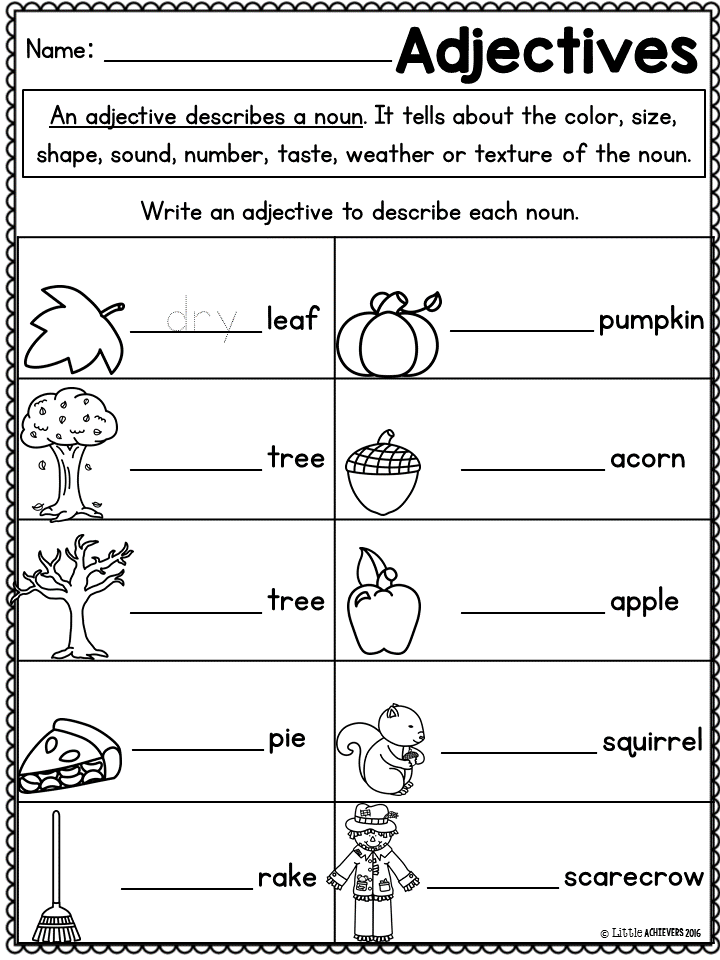
Tip: 'quantitative' means having to do with quantity, or how many there are.
3. Proper Adjectives
American food is delicious.
Italian cars are more exciting than German cars.
I love Burger Blitz burgers.
Proper adjectives are proper nouns that describe other nouns.
4. Demonstrative Adjectives
That tree is gorgeous.
This plant is tall.
Those trees are gorgeous.
These plants are tall.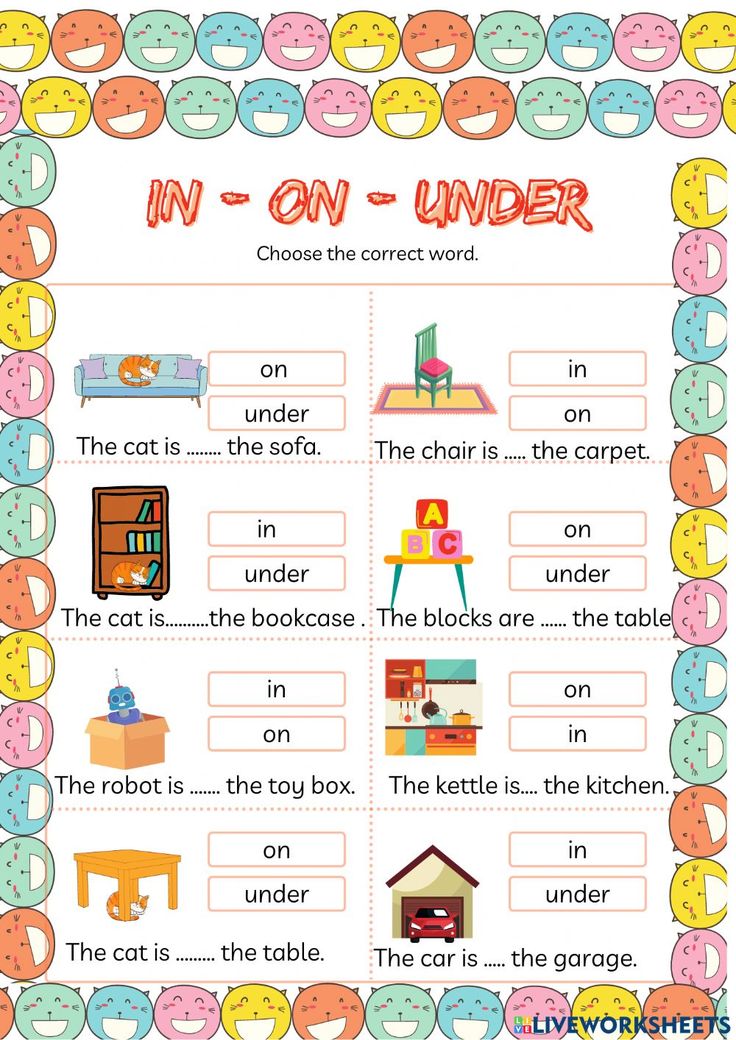
The four demonstrative adjectives are 'that', 'this', those', 'these'. They help you talk about a specific someone or something near or far.
5. Possessive Adjectives
Those are my speakers, Jim's chairs, his table, and her snacks. Your guests can invite their friends to our party.
Possessive adjectives show who owns a noun, like 'my', 'his', 'her', 'your', 'their', 'our', and possessive proper nouns like Jim's.
6. Interrogative Adjectives
Which chair would you like?
What movie do you want to watch?
Whose jacket is this?
The interrogative adjectives 'which', 'what', and 'whose' help you ask a question.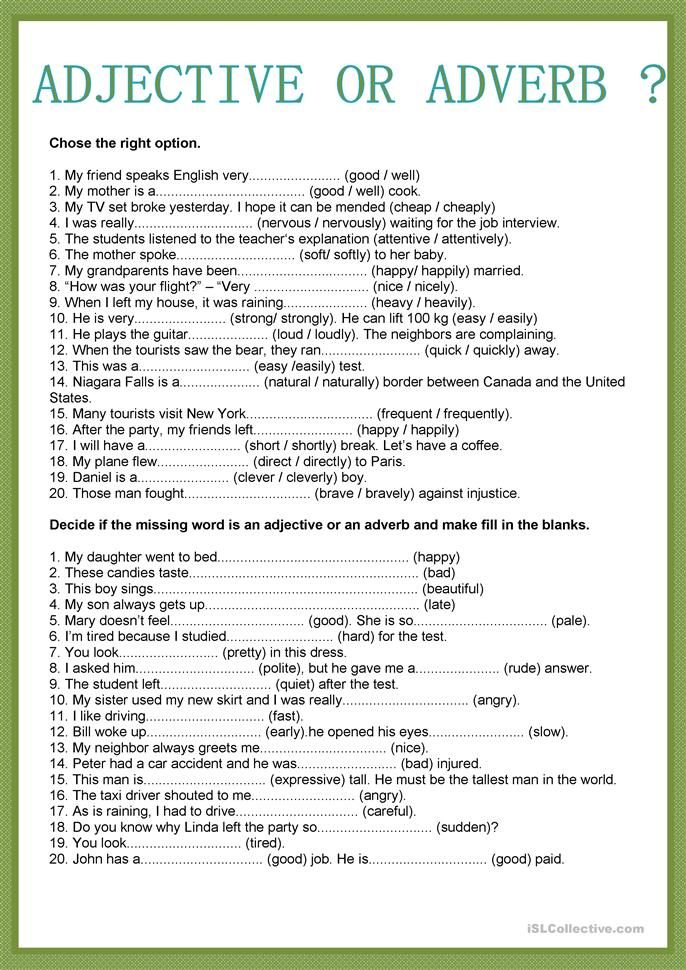
7. Indefinite Adjectives
I want some pizza.
It will be a few minutes.
Most people agree with you.
All of the students passed.
Indefinite adjectives, like 'few', 'many', and 'most', are similar to quantitative adjectives. They show how many there are of something, but don't say an exact number.
8. Articles
I saw a whale.
The whale jumped out of the ocean.
I was in an airplane.
Articles are the words 'a', 'an', and 'the'.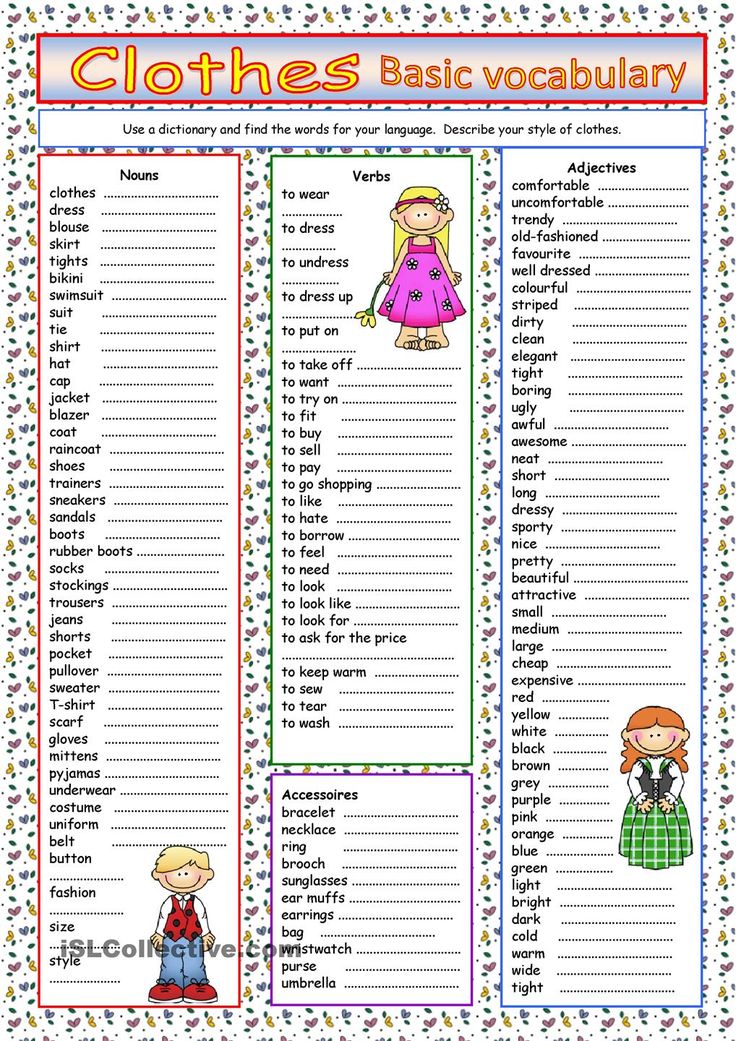 They are special adjectives that show if you're talking about a specific, or unspecific noun.
They are special adjectives that show if you're talking about a specific, or unspecific noun.
You'll learn more about articles in the next lesson. 👍
Spotting Adjectives
Can you spot the adjective in this sentence? 👇
The popcorn at the theater was salty!
Great! Salty is the adjective. It comes after the linking verb 'was' and describes the noun 'popcorn'. 🎉
Great job learning about adjectives!
Now, complete the practice. It'll help you remember for longer. 😺
8 Adjective Activities for Elementary Students
This blog post is all about teaching adjectives in your elementary classroom. Adjectives are important in reading, writing, and language.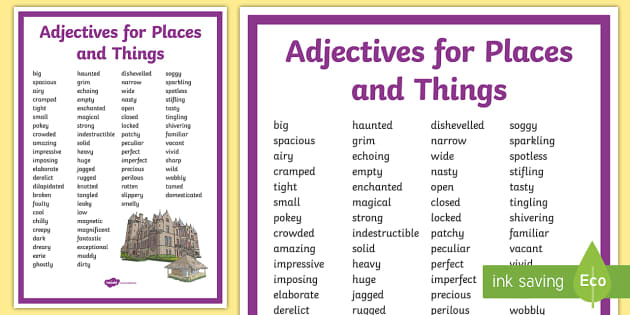 They are going to be present across all content areas and are important for students to understand. In addition to understanding their function, students will also need to form and use different types of adjectives, modify adjectives, and correctly order adjectives. I have always found that with adjective activities, it is best to keep it simple. Students will need repeated exposure and practice, but the activity, itself does not need to be complicated. In this post, I will talk about 8 adjective activities that are going to help your students master this descriptive skill!
They are going to be present across all content areas and are important for students to understand. In addition to understanding their function, students will also need to form and use different types of adjectives, modify adjectives, and correctly order adjectives. I have always found that with adjective activities, it is best to keep it simple. Students will need repeated exposure and practice, but the activity, itself does not need to be complicated. In this post, I will talk about 8 adjective activities that are going to help your students master this descriptive skill!
Common Core Standards for adjectives will build at each grade level. The specific skills needed for each grade level are listed below.
- 1st Grade: L.1.1f- Use frequently occurring adjectives.
- 2nd Grade: L.2.1.e- Use adjectives and adverbs, and choose between them depending on what is to be modified.
- 3rd Grade: L.3.1.g- Form and use comparative and superlative adjectives and adverbs, and choose between them depending on what is to be modified.
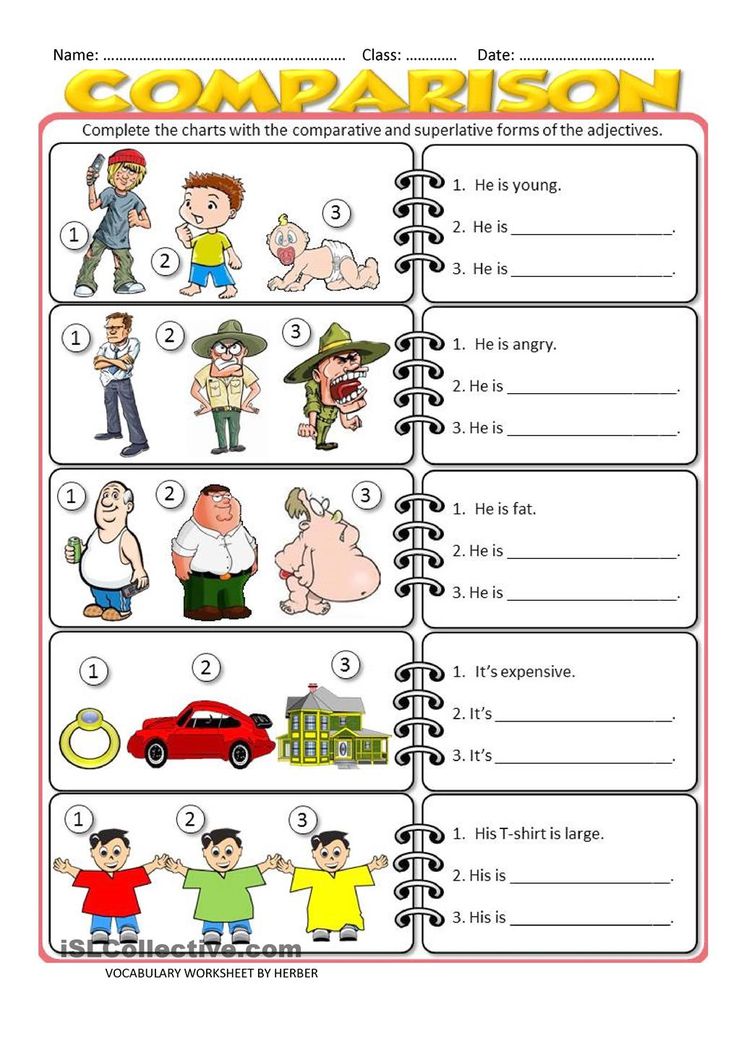
- 4th Grade: L.4.1.d- Order adjectives within sentences according to conventional patterns (e.g., a small red bag rather than a red small bag).
Introduce Adjectives with a Video
First, engage students with a video. BrainPop is always a great place to start when introducing a language skill. Not only is there a simple and engaging video describing the skill, but there are also interactive elements that follow. After showing your students the video, the quiz, graphic organizers, worksheets, games, and challenges can be added to your independent, partner, and small group activities.
Here are links to the BrainPop videos!
- BrainPop, Jr. Adjectives and Adverbs
- BrainPop Adjectives
Anchor Chart Ideas
Additionally, a descriptive anchor chart, like this printable/projectable one, can be displayed as a reinforcement for students as they are learning about adjectives. In younger grades, it is beneficial to remind students about the types of descriptions and where adjectives can be found.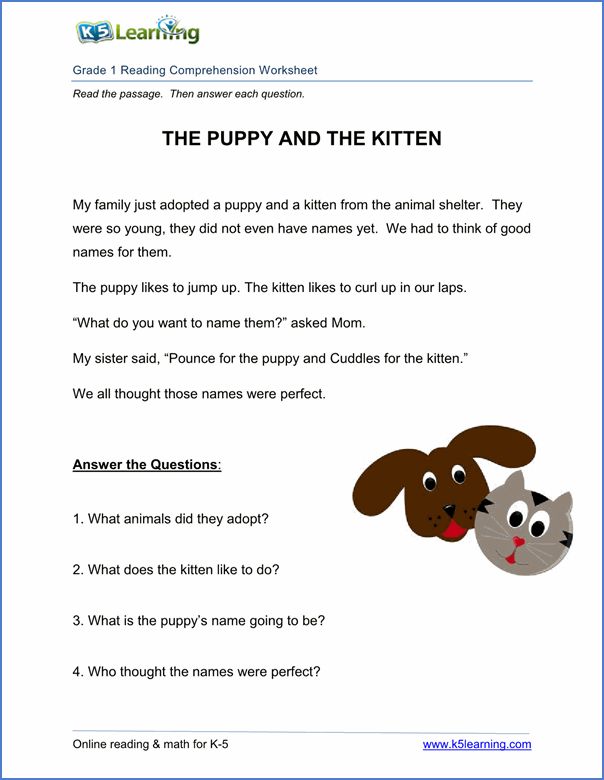
This anchor chart can be made interactive by simply using it as call and answer prompts. Have students think of a noun. Ask each of the questions to the group and have them call back adjectives to describe their noun.
Create your own anchor chart for continuous adjective practice. Using a simple header and large white space can allow you and your students to add adjectives throughout the learning process. Keep markers or sticky notes nearby and anytime your students use adjectives, they can add them to the chart! In the anchor chart above, a 4th-grade class is able to rearrange the adjectives to put them in the correct order!
Use Mentor Texts to Show Adjectives in Action
An important addition to adjective activities will be mentor texts. Students will need repeated exposure to adjectives in action so that they can develop experience with the language. There are many adjective-focused mentor texts out there, but many of the picture books you already have will be perfect for this!
Each of the book links below are affiliate Amazon links!
- Many Luscious Lollipops
- Fun Dog, Sun Dog
- Hairy Scary Ordinary
- Lilly’s Purple Plastic Purse
Try a Simple Fold and Go Paper Adjective Activities
These simple paper-folding organizers can be great adjective activities. They can be used in several different ways and all you need is a sheet of paper! The activity above is called a “Shutterfold.” Students will fold their paper inward like a book and snip the font flaps in half. Have students describe nouns on the inner flap using multiple adjectives. Or, you can have students track adjectives from their reading!
They can be used in several different ways and all you need is a sheet of paper! The activity above is called a “Shutterfold.” Students will fold their paper inward like a book and snip the font flaps in half. Have students describe nouns on the inner flap using multiple adjectives. Or, you can have students track adjectives from their reading!
Another paper-folding activity is this “Fold and Snip!” Students will simply fold their paper in half and snip to create as many tabs as they need. For younger students, they may want to write adjectives that fall under the 5 senses. For older students, they may want to use the 9 adjective categories so that they can work on adjective order!
Show Pictures and Have Students Brainstorm Lists
Google images can be used to practice adjectives, as well! For example, search for an image that can be described using adjectives. Print or display the image and have students create a list of adjectives to describe the photo. Add this activity to partner or small group centers, independent work, or even homework!
Go on a Book Hunt
One of my favorite adjective activities is a Book Hunt.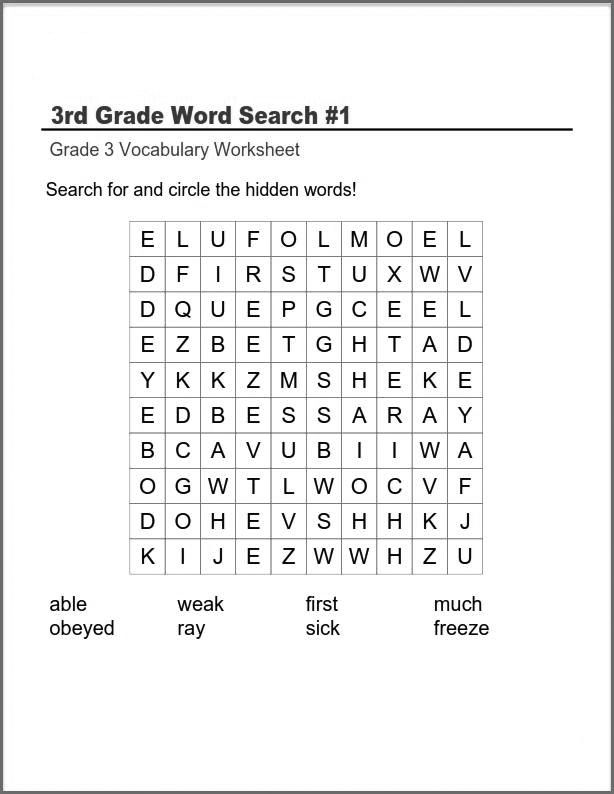 Students can grab books from the shelves and find as many adjectives as they can! Moreover, this activity can be modified for any type of learner and can be repeated over and over! As you can see in the activity above, students could either create a continuous list of all adjectives used or track adjective phrases on sticky notes.
Students can grab books from the shelves and find as many adjectives as they can! Moreover, this activity can be modified for any type of learner and can be repeated over and over! As you can see in the activity above, students could either create a continuous list of all adjectives used or track adjective phrases on sticky notes.
Using digital activities will allow you to measure students’ understanding. These adjective activities will be found in Google Slides, which means that you can quickly and easily check and address misunderstandings. I love that these Google Slides activities allow you to simply reset answers that students may have gotten wrong so that they can try again. I also love that they eliminate paper copying and grading! First, download the unit. Then, you can assign them to your students! They come ready-made for you.
- 1st Grade Adjective Digital Activities
- 2nd Grade Adjective Digital Activities
- 3rd Grade Adjective/Parts of Speech Digital Activities
- 4th Grade Adjective Digital Adjectives (coming soon)
Participate in a Partner Activity
Finally, partner adjective activities will be a great addition to your independent work time or centers. Students can work together on a printable activity, like the one above, and build on each others’ understanding. Even after instruction, be sure to mix-in adjective activities for students to work together on. Don’t forget to continue to add these activities back into student practice throughout the year!
Students can work together on a printable activity, like the one above, and build on each others’ understanding. Even after instruction, be sure to mix-in adjective activities for students to work together on. Don’t forget to continue to add these activities back into student practice throughout the year!
Suggested Resources for Adjective Activities
- 1st Grade L.1.1.f
- 2nd Grade L.2.1.e
- 3rd Grade L.3.1.a
- 4th Grade L.4.1.d
- 1st Grade Adjective Digital Activities
- 2nd Grade Adjective Digital Activities
- 3rd Grade Adjective & Parts of Speech Digital Activities
- 4th Grade Adjective Digital Adjectives (coming soon)
Want more Language blog posts?
- Teaching Nouns
- Teaching Verb Tenses
- How to Teach Sentences
How to Use Your ELA Units for Test-Prep in 4 Simple Steps
As much as we hate to think about testing, it is just around the corner.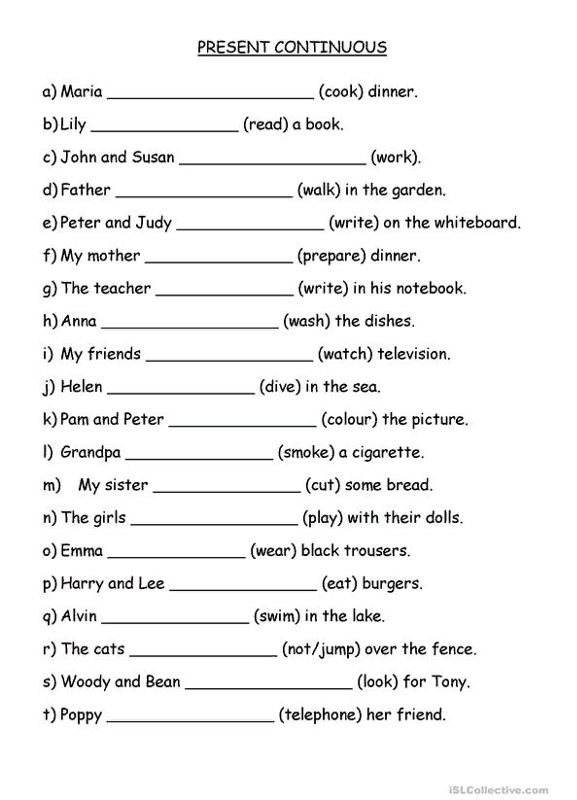 As teachers, we all know that our job is to
As teachers, we all know that our job is to
Read More »
Making Fluency Functional in Your Reading Block
Are you struggling to find ways to make fluency functional in your reading block? Teaching fluency can often feel tedious for both educators and students,
Read More »
3 Anchor Charts for your Point of View Lessons
Do you ever struggle to get through the “point of view” lesson plan with your students? Teaching an unfamiliar concept can be tricky, so it’s
Read More »
Dictations in Russian. Grade 3 Topic: “Adjective name”
Dictations in the Russian language
3 grade
Topic: “Adjective name”
Dictations presented here are held with students of grades 3 of secondary educational institutions.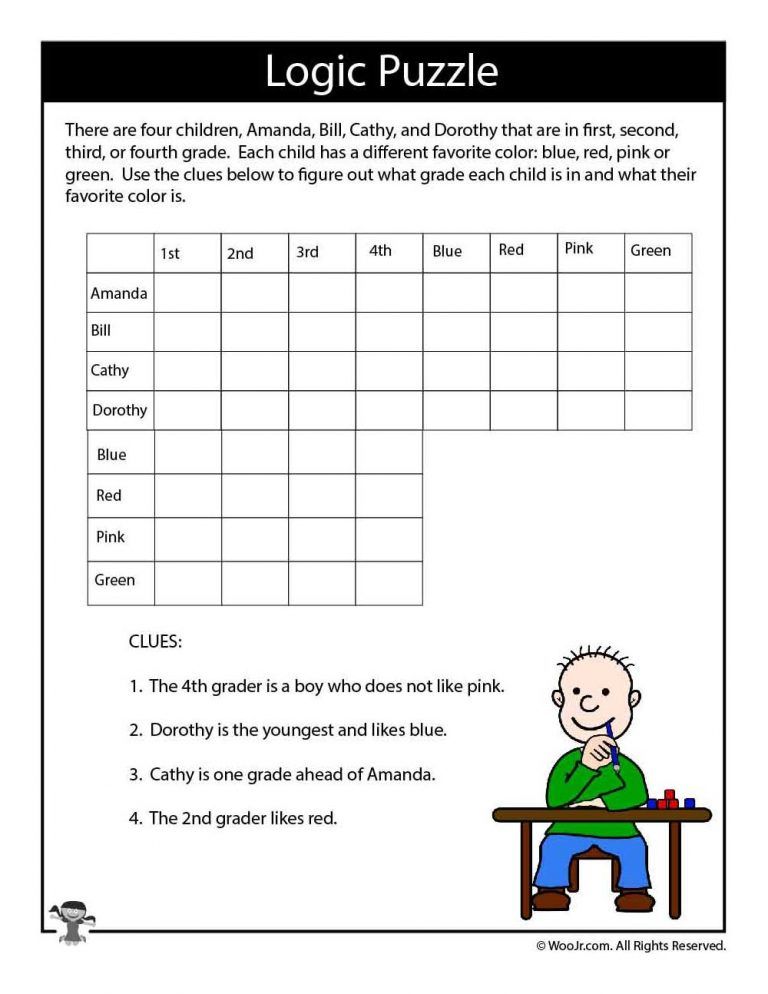 The purpose of writing dictations is to check the degree of assimilation of the studied topic by 3rd grade students. The level of complexity of dictations and other tasks corresponds to the level of preparation of students in the 3rd grade of elementary school.
The purpose of writing dictations is to check the degree of assimilation of the studied topic by 3rd grade students. The level of complexity of dictations and other tasks corresponds to the level of preparation of students in the 3rd grade of elementary school.
Verification dictations on the topic: Adjective
Distribution dictations
Divide phrases into two groups: first, phrases with adjectives in the singular, in the second - with adjectives in the plural.
1) Late cucumbers, yellow dandelions, Russian language, joyful feeling, February snowstorms, lovely chamomile, winter weather.
2) Service dog, wild animals, comrade, early wheat, slippery steps, tree frog, sugar cane.
3) Walnut, distant village, autumn coat, children's drawings, little monkey, early vegetables, crystal glasses.
Selective dictations
Write out phrases with adjectives from sentences.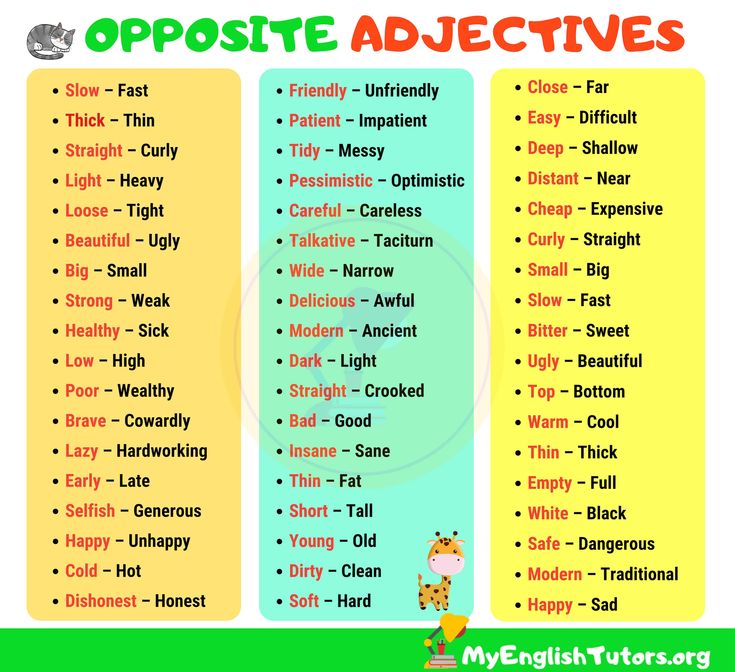 Determine the number of adjectives and the gender of adjectives in the singular.
Determine the number of adjectives and the gender of adjectives in the singular.
1) Playful sparrows, like orphan children, nestled at the window (S. Yesenin). 2) It rains big peas, the wind breaks (N. Zabolotsky). 3) And silvery smooth ice sparkles in the cold (S. Marshak). 4) Morning frosty silence (E. Rusakov). 5) Wears a dandelion yellow sarafan. Grow up, dress up in a little white dress (E. Serova). 6) The cold winter will pass, spring days will come, the sun will melt with warmth, like wax, fluffy snow (S. Drozhzhin). 7) What, dense forest, thoughtful (A. Koltsov)? 8) A wonderful picture, how dear you are to me! White plain, full moon (A. Fet). 9) Having hung out his curly forelock, there is a broad-shouldered strong oak tree (E. Serova). 10) Early morning. Blue dawn (V. Shishkov).
Warning (explanatory) dictations
In the taiga
Siberia is a green land. Everywhere without end and edge is a dense forest.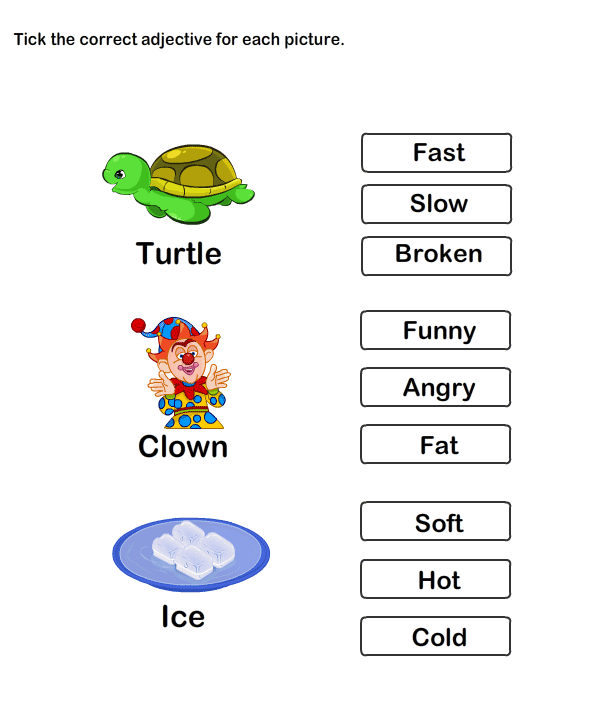 The trees in the taiga are tall. And who is the most beautiful in the taiga? This is cedar. It is green all year round. This tree is good. In winter and summer, the cedar treats animals with nuts. Hares, bears, squirrels run to cedar for pine nuts.
The trees in the taiga are tall. And who is the most beautiful in the taiga? This is cedar. It is green all year round. This tree is good. In winter and summer, the cedar treats animals with nuts. Hares, bears, squirrels run to cedar for pine nuts.
(M. Adzhiev)
In the forest in spring
Rare forest. The spring sun shines softly. Fluffy buds puffed out on the trees. Sweet juice dripped from the birch bark. Golden powder puffs adorned the willow bushes. The old moose dozed off in the sun. A small calf frolicked nearby.
(I. Sokolov-Mikitov)
Forget-me-nots
Green forest swamp. Near the stream. Forget-me-nots grow densely on the bank of the stream near the water. These little blue flowers are very pretty. In their tiny petals, the blueness of the summer sky seemed to be reflected.
(I. Sokolov-Mikitov)
In the forest in summer
Good in the forest on a hot afternoon.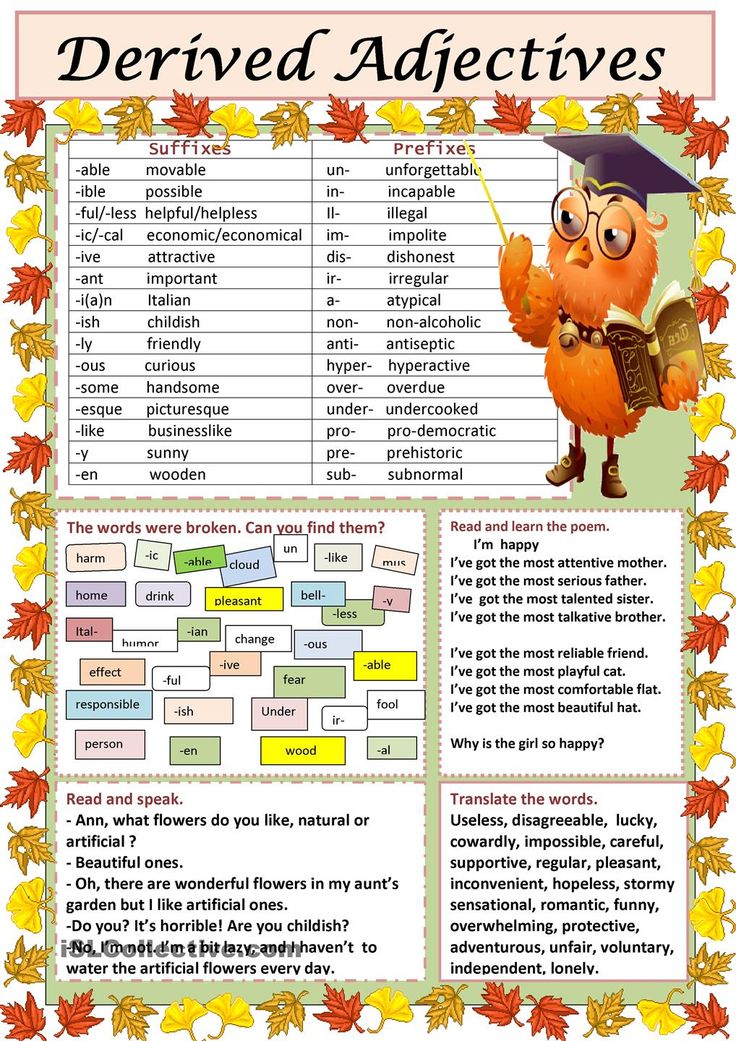 Tall reddish pines spread out their spiny tops. Green Christmas trees arch their thorny branches. The curly birch flaunts. Trembling gray aspen. A stocky oak spread its carved leaves like a tent. A strawberry eye looks out of the grass, and a fragrant berry blushes nearby.
Tall reddish pines spread out their spiny tops. Green Christmas trees arch their thorny branches. The curly birch flaunts. Trembling gray aspen. A stocky oak spread its carved leaves like a tent. A strawberry eye looks out of the grass, and a fragrant berry blushes nearby.
(K. Ushinsky)
Test dictations
Magic Forest
A blizzard was raging. The forest is like in a fairy tale. Spruce stands like a silent knight. Coniferous chain mail on the shoulders. A bird perched on thorny needles. Small Christmas trees on a snowy meadow. They were completely covered in snow. How good and pretty they are! The blizzard made fashionable hairstyles for the trees. An elegant snow cap adorned the top of a pine tree. A clear birch has loosened its silver braids from the hoarfrost. Pale pink thin birch bark glitters in the sun. (61 words)
Words for reference: probing, decorating.
Early spring
Good early spring in the forest! The spring sun shines brightly. Light clouds decorate the blue sky. Wonderful trills of birds are heard. Fragrant buds smelled of resin. Young grass has appeared. A dove snowdrop peeked out. From the hillock gurgled a talkative brook. Happy squirrels frolicked near the pine tree. A little hare gnawed the bark of a young aspen. A brown she-bear led her cubs into the clearing. Cheerful and joyful forest in spring. (58 words)
Light clouds decorate the blue sky. Wonderful trills of birds are heard. Fragrant buds smelled of resin. Young grass has appeared. A dove snowdrop peeked out. From the hillock gurgled a talkative brook. Happy squirrels frolicked near the pine tree. A little hare gnawed the bark of a young aspen. A brown she-bear led her cubs into the clearing. Cheerful and joyful forest in spring. (58 words)
Sunny rain
I was walking in the forest. The day was sunny and hot. Suddenly a blue cloud appeared. It rained frequently. The bright sun continued to shine. Raindrops fell to the ground. They hung on the green grass and foliage of trees. Sunbeams played in the raindrops. Here the rain is over. I looked up at the sky. A colorful rainbow stretched across the blue sky. The fragrant smell of flowers, herbs and berries filled the air. (63 words)
(G. Skrebitsky)
Words for reference: sunny, over, colorful.
Test: Adjective - Russian Grade 3
English
Astronomy
Belarusian language
Biology
Geography
Iz
Informatics
History
Italian
Local history Social science
World around
ORKSE
Russian language
Technology
Physics
Physical education
Chemistry
Drawing
For teachers
For preschoolers
VIP - Access
- Subjects »
- Russian language »
- Grade 3 »
- Adjective
Adjective
final test on the topic "Adjective"
Russian 3rd grade | ID: 1024 | Date: 15.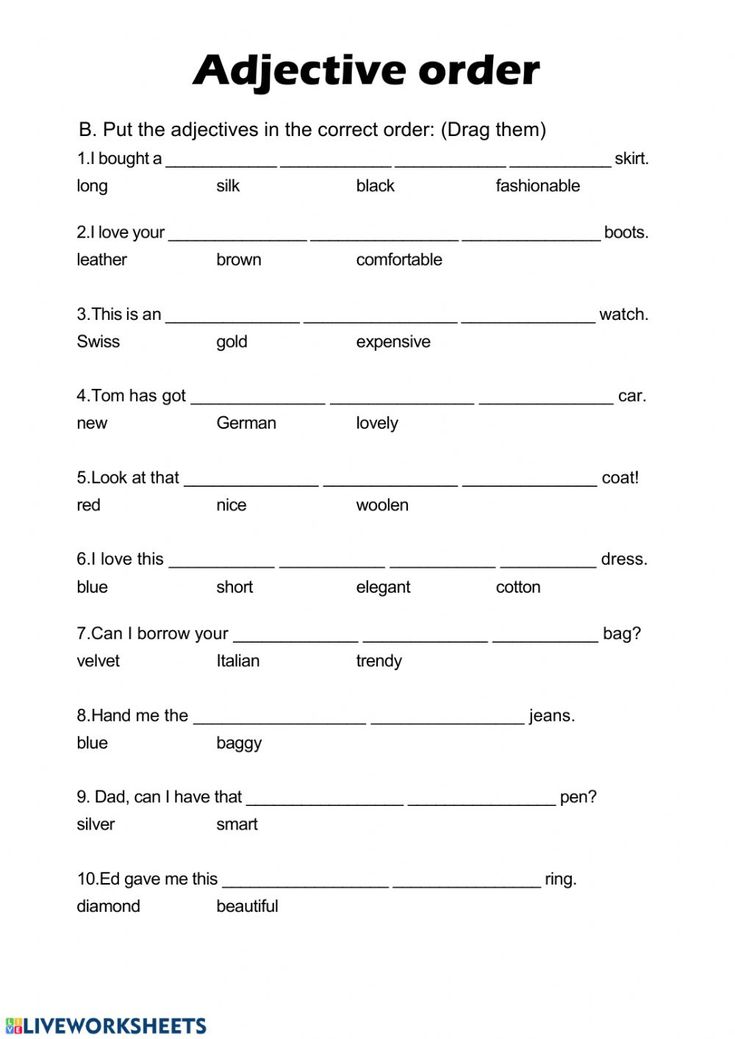 1.2014
1.2014
Only registered users can bookmark this page
Register
";} else {document.getElementById("torf1").innerHTML="
";}; if (answ.charAt(1)=="1") {document.getElementById("torf2").innerHTML="
";} else {document.getElementById("torf2").innerHTML="
"; }; if (answ.charAt(2)=="1") {document.getElementById("torf3").innerHTML="
";} else {document.getElementById("torf3").innerHTML="
";}; if (answ.charAt(3)=="1") {document.getElementById("torf4").innerHTML="
";} else {document.getElementById("torf4").innerHTML="
"; }; if (answ.charAt(4)=="1") {document.getElementById("torf5").innerHTML="
";} else {document.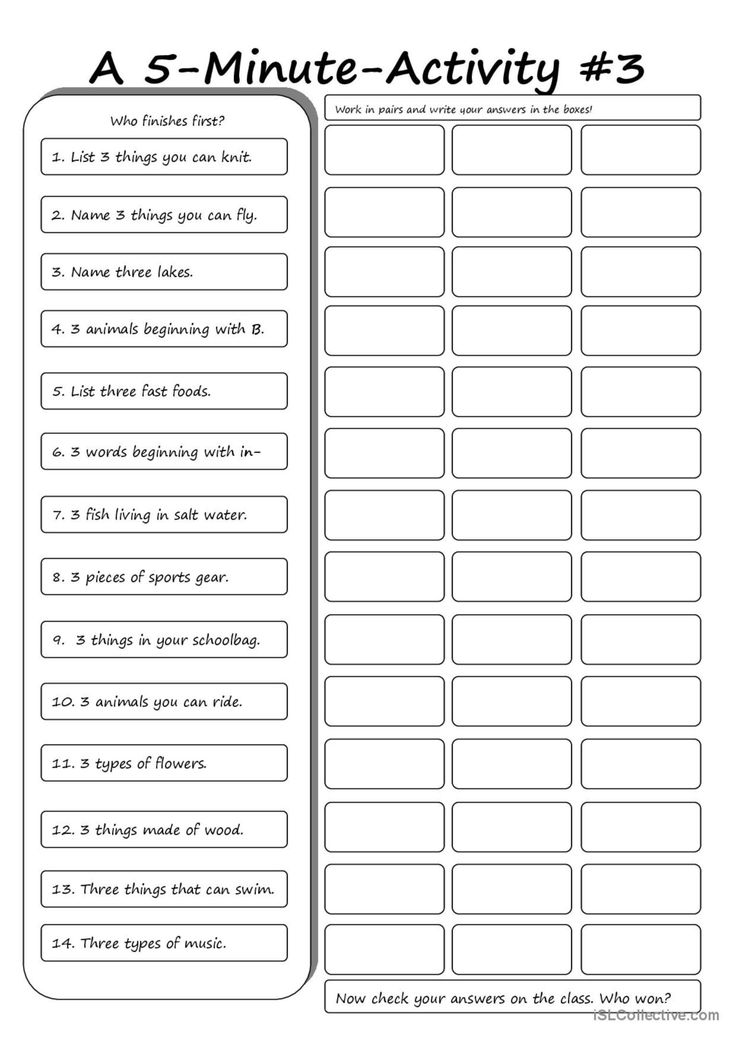 getElementById("torf5").innerHTML="
getElementById("torf5").innerHTML="
"; }; if (answ.charAt(5)=="1") {document.getElementById("torf6").innerHTML="
";} else {document.getElementById("torf6").innerHTML="
"; }; if (answ.charAt(6)=="1") {document.getElementById("torf7").innerHTML="
";} else {document.getElementById("torf7").innerHTML="
";}; if (answ.charAt(7)=="1") {document.getElementById("torf8").innerHTML="
";} else {document.getElementById("torf8").innerHTML="
"; }; if (answ.charAt(8)=="1") {document.getElementById("torf9").innerHTML="
";} else {document.getElementById("torf9").innerHTML="
"; }; if (answ.charAt(9)=="1") {document.getElementById("torf10").innerHTML="
";} else {document.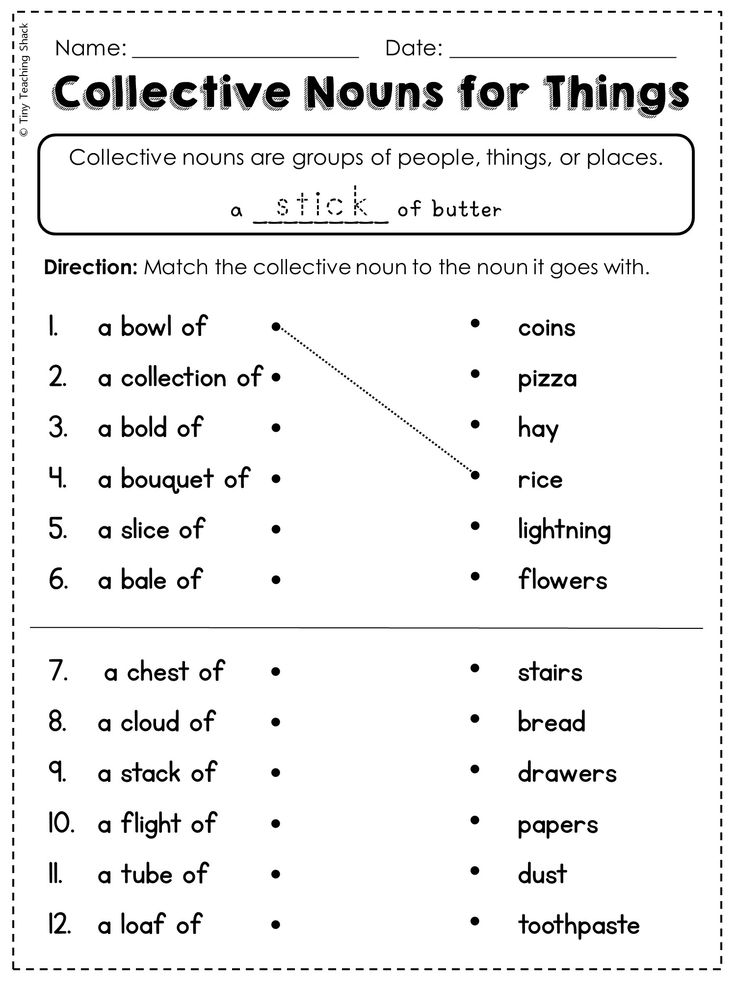 getElementById("torf10").innerHTML="
getElementById("torf10").innerHTML="
";}; if (answ.charAt(10)=="1") {document.getElementById("torf11").innerHTML="
";} else {document.getElementById("torf11").innerHTML="
"; }; if (answ.charAt(11)=="1") {document.getElementById("torf12").innerHTML="
";} else {document.getElementById("torf12").innerHTML="
"; }; if (answ.charAt(12)=="1") {document.getElementById("torf13").innerHTML="
";} else {document.getElementById("torf13").innerHTML="
";}; } }
Question # 1
What is an adjective?
An adjective is a part of speech that denotes a sign of an object and answers the questions who? What?
Adjective - a part of speech that denotes an object and answers the questions what? which? which? which?
An adjective is a part of speech that denotes a sign of an object and answers the questions what? which? which? which?
An adjective is a part of speech that denotes an object and answers the questions who? What?
Question # 2
Which line contains the endings of a feminine adjective?
- oh, th, -th
th, -th, -th
th, -th, -th
- oh, -th, -th
Question # 3
Choose the correct statement:
The adjective changes according to gender, number.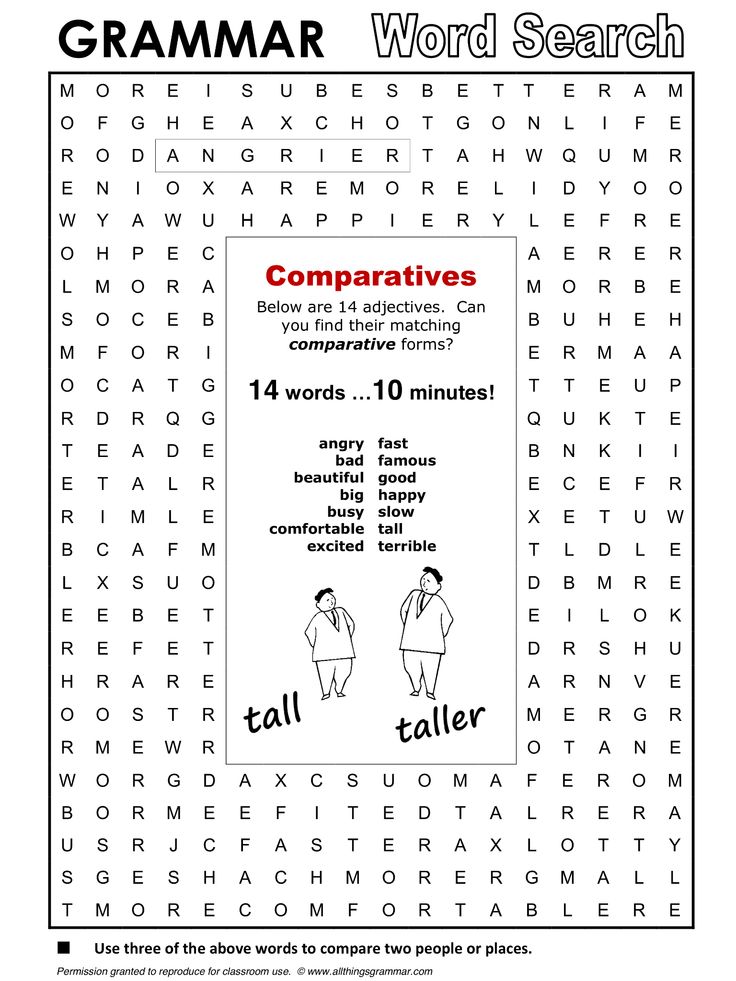
The adjective changes by numbers, in the singular - by gender.
The adjective does not change by number and gender
The adjective changes by number, in the plural - by gender.
Question # 4
Which line contains the endings of the masculine adjective?
th, -th, -th
th, -ey, -th
- oh, -th, -th
- oh, -ee, -th
Question # 5
Indicate the line in which all the words are adjectives:
beautiful, joy, came
singing, flower, red
cheerful, big, smart
Question # 6
Indicate the line in which all adjectives are masculine:
winter, night, starry
gray, colorful, sensitive
cool, brave, bold
Question # 7
Indicate the line in which all names are neuter adjectives:
sunny, rainy, hot
funny, dense, big
summer, spring, winter
Question # 8
Indicate the line in which all adjectives are feminine:
bready, wide, smart
morning, sonorous, complex
blue, affectionate, distant
Question # 9
What is the ending of the adjective in the phrase SPRING . .. DROP?
.. DROP?
- her
-
-
Question # 10
Do the endings have plural adjectives?
th
th
th
Question # eleven
Plural adjectives answer the question
which one?
what?
what?
Question # 12
Determine the gender of adjectives: red, fluffy, cold
female
m.s
have no gender
s.r.
Question # 13
Find the grammatical basis (subject and predicate) in the sentence
The teacher reads an interesting fairy tale about animals to the students.


